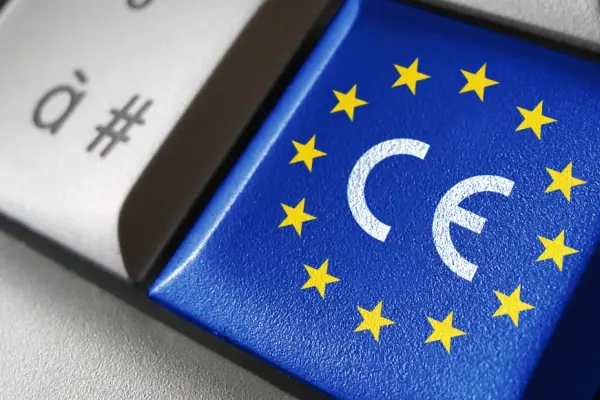
DEKRA Product Testing
DEKRA tests your products according to CE mark guidelines. Discover what you need to comply with

DEKRA Product Testing
DEKRA tests your products according to CE mark guidelines. Discover what you need to comply with
CE mark
Minimum requirement for the EU market
A CE mark is, in most cases, not a certification mark but a self-declaration by which a manufacturer shows compliance with certain regulations for the EU market. In some cases, CE does serve as a certification mark, such as for products with ATEX (explosion safety) certification and certain medical products.
What is the purpose of the CE mark?
It is often mistakenly believed that CE is always a certification mark, which is why the term "CE certificate" is frequently misused. With a
CE certificate
, more accurately CE marking, you can demonstrate that various products comply with the European Union's regulations. The purpose of the CE mark is to promote the free movement of goods within the EEA and to harmonize regulations within these countries. If products do not comply with these regulations regarding safety, performance, and quality, they cannot be traded within the EEA. Despite the United Kingdom no longer being a member of the European Union or the EEA, the CE mark remains valid there.
A frequently asked question is: "When do you need a CE mark?" CE marking is mandatory for many products. Without the CE logo, the product cannot be placed on the market within the EU. Products for which the CE logo is mandatory include, among others: electrical appliances, toys, medical devices, personal protective equipment, machinery, and vehicles.
As mentioned, in some cases, CE is indeed a certification mark, issued by an independent certification body, rather than just a self-declaration (CE marking). This applies to products with ATEX (explosion safety) certification and NB (Notified Body) medical products, for instance. This includes all medical products above Category 1, such as pregnancy tests and toothpaste. In these cases, you will see a number following the CE mark. DEKRA has been a Notified Body for over 25 years, and our issued CE marks can be identified by the number 0344 following the CE logo.
Conducting CE certification
In many cases, as a manufacturer, you can apply the CE marking yourself. You check the requirements applicable to your products and whether your products require assessment by a notified body. Regardless of whether it is necessary for your product, you can always have your products tested by a certification body like DEKRA. This might be necessary if you do not have the resources or expertise in-house to conduct the CE certification yourself.
To demonstrate compliance with CE requirements, you must prepare technical documentation. This information must be accessible to market surveillance authorities. Finally, you apply the CE marking to your product. The marking must be visible, legible, and indelible. If a notified body was involved in your CE certification, you must include the 4-digit number of the body on the marking.
CE mark requirements for imported products
A product manufactured outside the European Economic Area (EEA) and placed on the market there does not need to meet CE mark requirements. However, if this product is subsequently brought to the European market, the importer must check whether the product complies with CE requirements. The importer assumes responsibility from the manufacturer and ensures that, if necessary, the product bears the CE mark.
DEKRA assists you with CE mark
Do you want certainty about your CE mark and confidence that your products comply with the guidelines? DEKRA is happy to assist you. We test your products so that you can apply a CE logo. By meeting CE requirements, you bring safe products to market, and DEKRA is naturally happy to contribute to this. Feel free to contact one of our experts for more information.